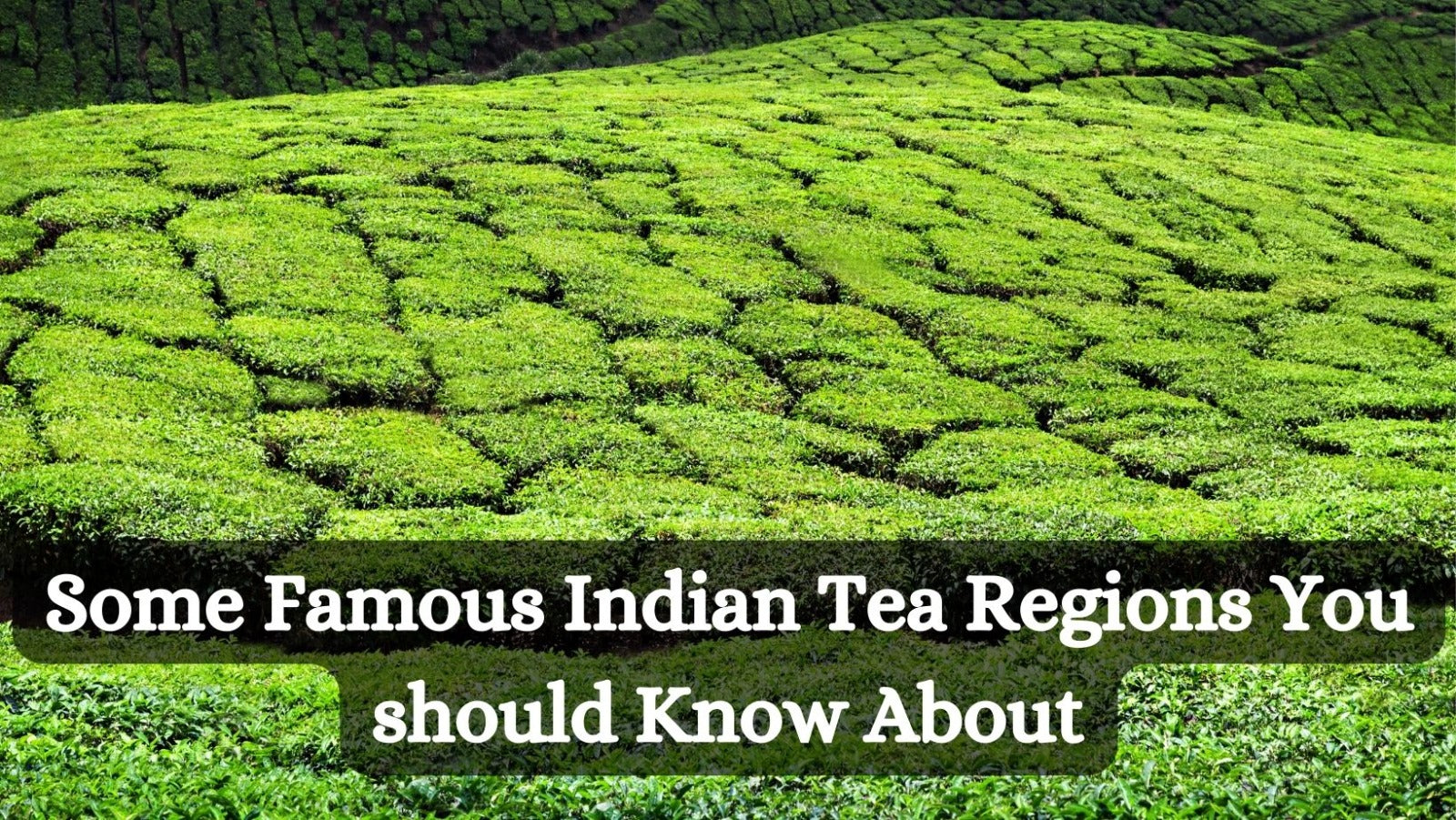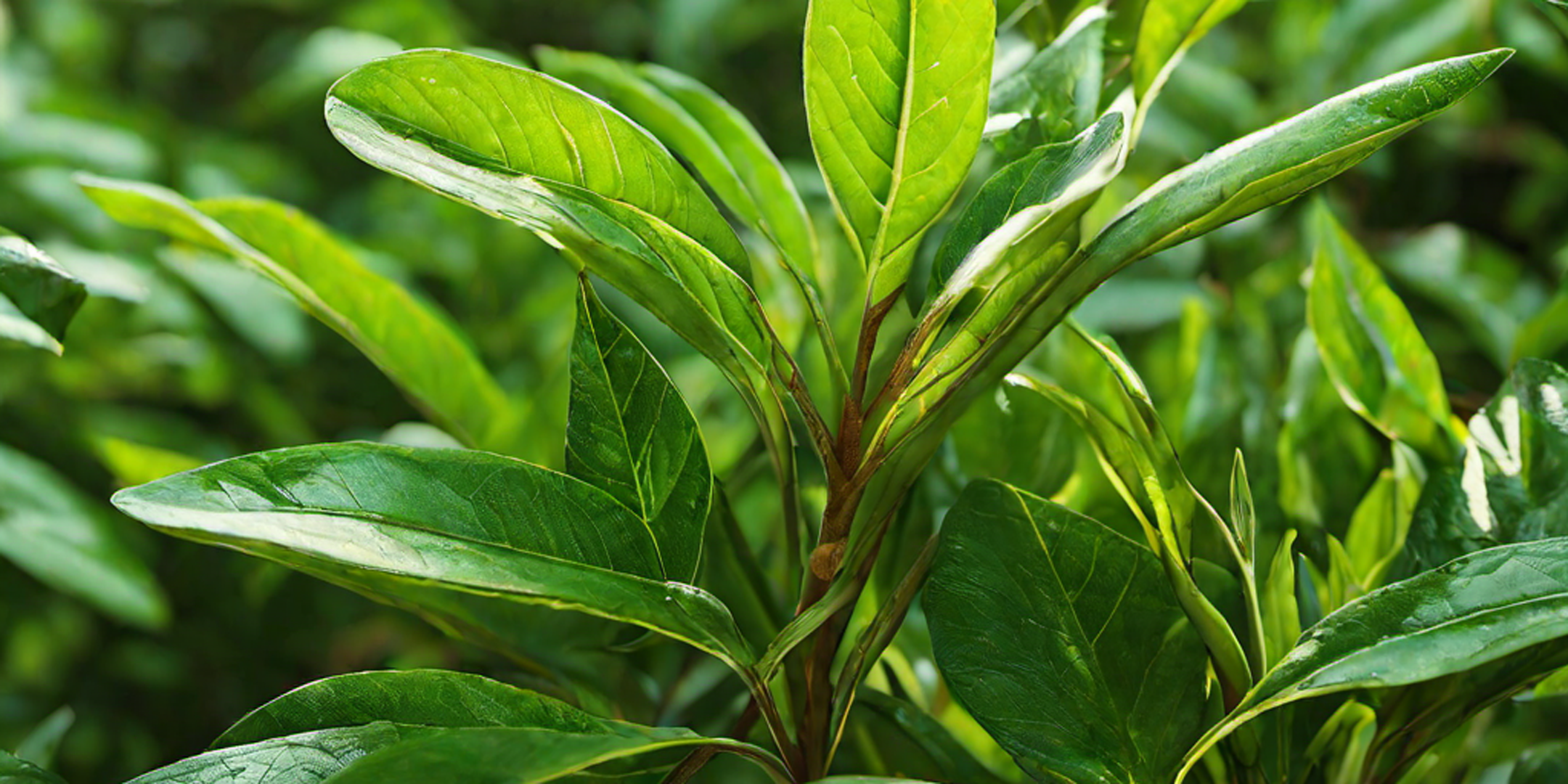Welcome to the world of tea, where each cup tells a unique story through its color, aroma, and flavor. But have you ever wondered about the average color of tea? In this article, we will unravel the mysteries behind the hues that grace our teacups.
Why does tea have different colors?
Tea leaves come from the Camellia sinensis plant and undergo various processing methods to create the diverse range of teas we enjoy today. One of the factors that contribute to the different colors of tea is oxidation. Oxidation occurs when the tea leaves are exposed to air, causing them to undergo chemical changes. This process is crucial as it affects the flavor and color of the tea.
The level of oxidation can vary greatly depending on the type of tea. For example, green teas are minimally oxidized, resulting in a vibrant green color, while black teas are fully oxidized, resulting in a rich, dark color. The oxidation process also influences the flavor profile of the tea, with more oxidation often leading to a stronger, bolder taste.
Factors that affect the color of tea
Apart from oxidation, several other factors can influence the color of tea. The quality of the tea leaves, the region where they are grown, and the harvesting time all play a role in determining the color of the final brew. Teas made from premium leaves typically boast richer and more uniform colors.
Additionally, the brewing time and temperature can impact the color of the tea. Steeping tea for a shorter time will result in a lighter color, while longer steeping times can lead to a darker, more intense hue. Similarly, using hotter water will generally produce a darker brew, while cooler water may yield a lighter color.
Understanding the color grading system for tea
Tea producers and experts often use a color grading system to classify and evaluate teas based on their appearance. This system provides a standardized way to assess the quality and characteristics of different teas. The color grading may vary depending on the type of tea, but it generally involves categorizing teas into various grades based on their color, size, and overall appearance.
For instance, black teas are often graded with terms like "orange pekoe," "broken orange pekoe," and "flowery broken orange pekoe," reflecting the quality and appearance of the tea leaves. Similarly, green teas may be categorized as "gunpowder," "hyson," or "young hyson," reflecting their color and shape.
Different color variations in various tea types - green, black, white, oolong, and herbal tea
Each type of tea exhibits its unique color characteristics. Let's explore the color variations in some of the most popular tea types:
Green teas are known for their fresh, vibrant green color. The leaves are minimally processed to prevent oxidation, preserving their natural color. The shade of green can vary, ranging from a pale yellow-green to a deep, grassy green. The color of green tea is often associated with its freshness and delicate taste.
Black teas undergo full oxidation, resulting in a rich, dark color. The brewed liquor can range from a reddish-brown to a deep amber, depending on the specific type of black tea. The color intensity is often an indicator of the strength and robustness of the flavor.
White teas are the least processed of all teas, with minimal oxidation. The leaves retain their natural color, which can vary from pale silver to light green. The brewed liquor is typically pale yellow or light amber, with a delicate and subtle flavor profile.
Oolong teas fall somewhere between green and black teas in terms of oxidation. This intermediate level of oxidation gives oolong teas a unique color spectrum. The leaves can range from bright green to dark brown, resulting in a diverse range of liquor colors, from pale yellow to deep amber. The color of oolong tea often reflects its flavor profile, with lighter oolongs offering a more floral and delicate taste, while darker oolongs are more robust and complex.
Herbal Tea
Unlike teas derived from the Camellia sinensis plant, herbal teas are made from various herbs, flowers, and botanicals. The color of herbal teas can vary greatly, depending on the ingredients used. For example, chamomile tea has a light golden color, while hibiscus tea is vibrant red. Herbal teas offer a wide range of colors and flavors, making them a popular choice for those seeking caffeine-free alternatives.
The significance of color in tea appreciation and quality assessment
The color of tea plays a significant role in its appreciation and quality assessment. The visual aspect of tea, including its color, can greatly influence our perception of taste and quality. Bright, vibrant colors often indicate freshness and high-quality tea leaves. The color can also provide insights into the brewing technique and the overall experience of drinking the tea.
Tea enthusiasts and experts often examine the color of the brewed liquor to assess the tea's quality. A well-brewed tea should have a clear, consistent color without cloudiness or sediment. The hue can reveal valuable information about the tea's origin, processing, and flavor profile.
How to evaluate the color of tea - visual and sensory cues
Evaluating the color of tea involves both visual and sensory cues. Here are some tips on how to assess the color of your tea:
- Visual Evaluation: Observe the color of the brewed liquor against a white background. Take note of the shade, intensity, and clarity of the color. A well-brewed tea should have a consistent and appealing hue.
- Aroma: The aroma of the tea can provide additional clues about its quality and flavor. Pay attention to the scent of the brewed tea and how it complements the color. A harmonious combination of color and aroma often indicates a well-crafted tea.
- Taste: Of course, the ultimate test of a tea's quality is its taste. The color can give you a hint about the flavor characteristics you can expect. Take small sips and savor the taste, noting any nuances or complexities that align with the color of the tea.
Tea brewing techniques to enhance the color of your tea
If you want to enhance the color of your tea and bring out its true vibrancy, here are some brewing techniques to consider:
- Water Temperature: Adjust the water temperature based on the type of tea you're brewing. Using hotter water for darker teas can intensify their color while using cooler water for lighter teas can help maintain their delicate hues.
- Steeping Time: Experiment with different steeping times to achieve the desired color. Longer steeping times generally result in a darker brew, while shorter steeping times produce a lighter color.
- Teaware: Choosing the right teaware can also enhance the visual appeal of your tea. Opt for clear glass teapots or teacups to fully appreciate the color and clarity of the brewed liquor.
The psychological impact of tea color on consumer preferences
The color of tea can have a psychological impact on consumer preferences. Studies have shown that color can influence our perception of taste and quality. Bright, vibrant colors often evoke positive emotions and associations with freshness and vitality.
Additionally, color preferences can vary among individuals. Some may prefer lighter-colored teas for their delicate flavors, while others may be drawn to darker teas for their robustness. Understanding your color preferences can help you choose teas that align with your taste preferences and enhance your tea-drinking experience.
Conclusion and final thoughts on the average color of tea
Tea, with its wide spectrum of colors, offers a visual feast for the senses. From the pale yellows of delicate white teas to the deep reds of robust black teas, each color tells a story about the tea's origin, processing, and flavor profile.
The average color of tea provides valuable insights into its quality and taste characteristics. By understanding the factors that influence the color, evaluating the visual and sensory cues, and experimenting with brewing techniques, you can fully appreciate the nuances and complexities that different colors bring to your teacup.
So, the next time you brew a cup of tea, take a moment to admire its color and appreciate the journey it has taken from the tea gardens to your teapot. Let the average color of tea guide you on a delightful exploration of flavors, aromas, and experiences.




